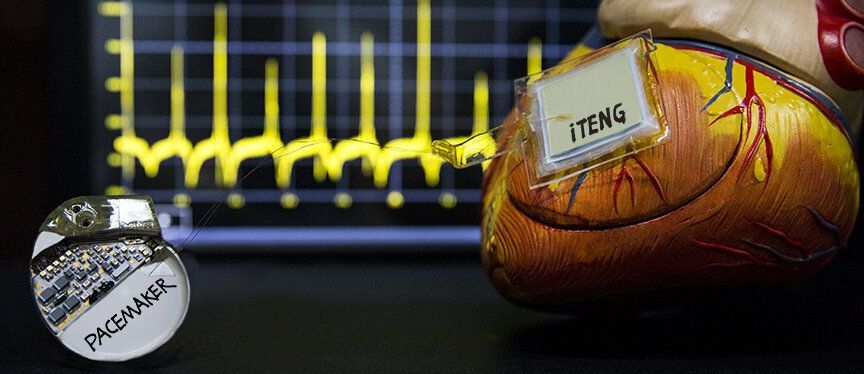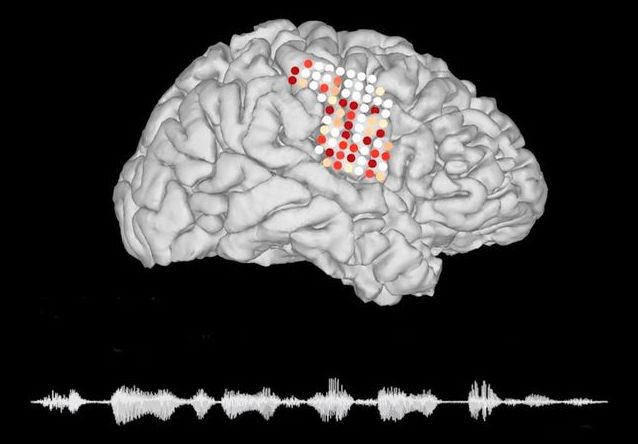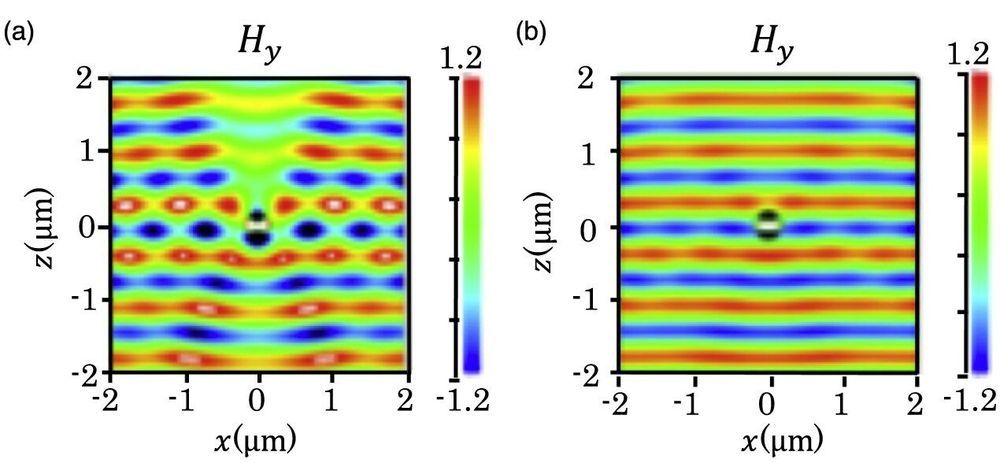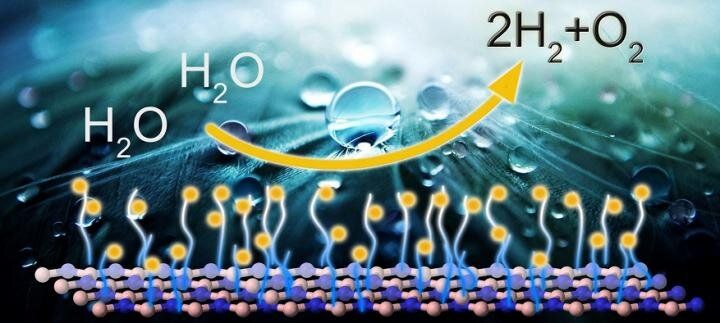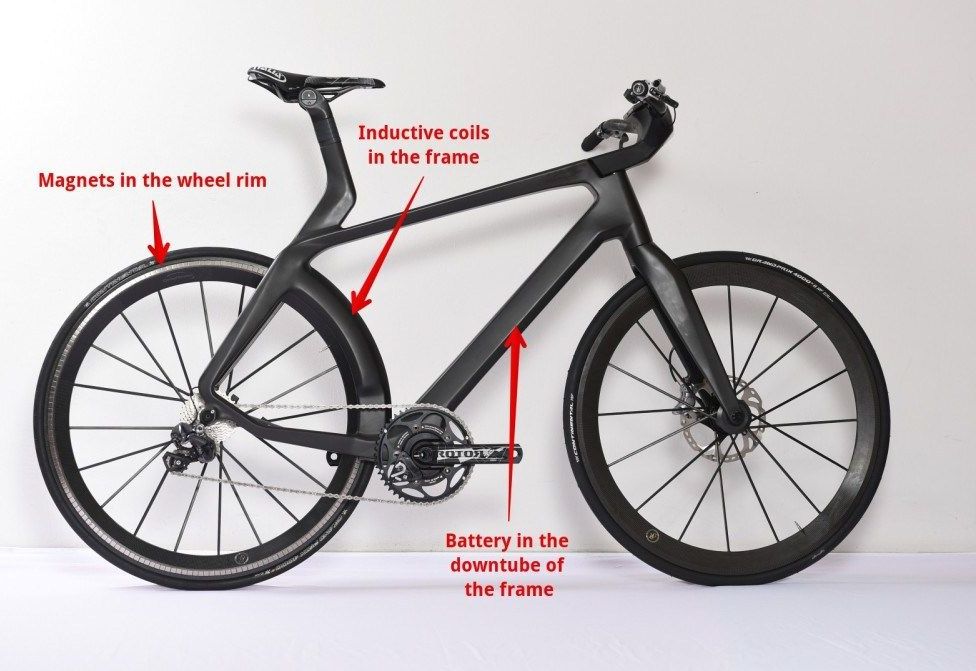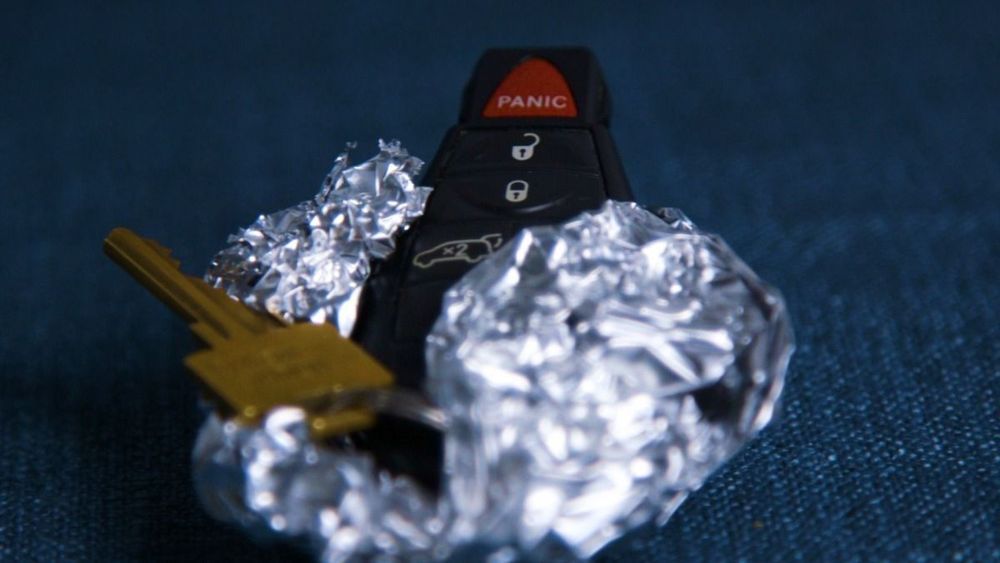Apr 24, 2019
Self-powered ‘pacemaker for life’ in pigs unveiled
Posted by Quinn Sena in category: biotech/medical
Scientists on Tuesday unveiled a battery-free pacemaker that generates its energy from the heartbeats of pigs in what could pave the way for an “implant for life” in humans suffering from heart defects.
Millions of patients rely on pacemakers —small electrical implants in the chest of abdomen—to help regulate their heartbeats after chronic or acute illness.
Even with recent technological advances, pacemaker batteries can be rigid or bulky, and may need replacing several times over the lifespan of a device.
Continue reading “Self-powered ‘pacemaker for life’ in pigs unveiled” »
